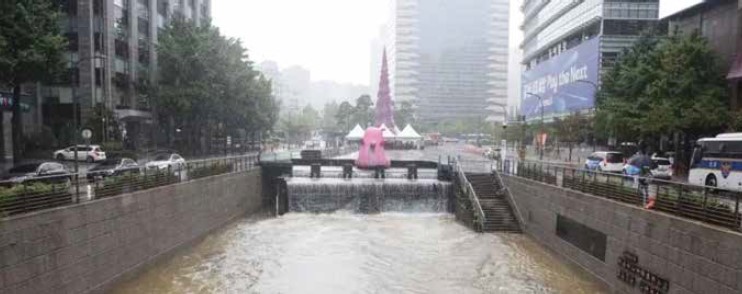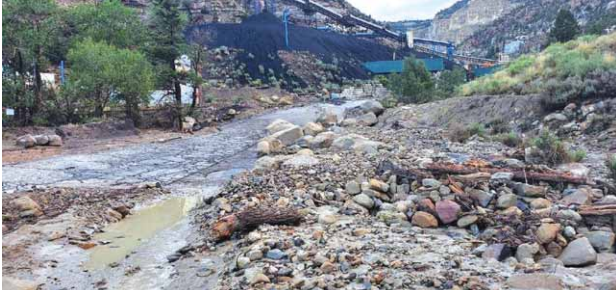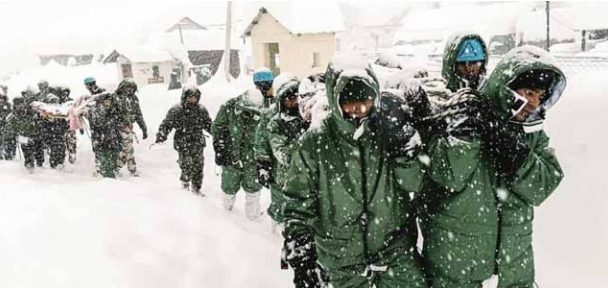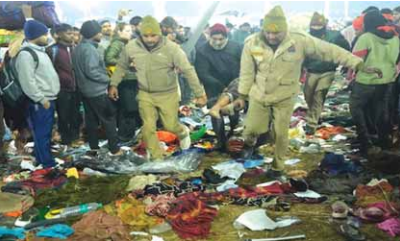South Korea is grappling with one of its most devastating bouts of heavy rainfall in recent years as torrential downpours continue to pound Seoul and surrounding metropolitan areas. Beginning in the late hours of July 16 and stretching into the afternoon of July 17, relentless rain battered the capital’s borders, causing severe flooding, landslides, and widespread transportation disruptions. The torrential rain led to catastrophic consequences across northern regions, sparking concerns for even more damage as the downpour continues.
In just a few short hours, staggering amounts of rain submerged entire neighborhoods. Panmunjom in Paju recorded an astonishing 358.5 mm of rainfall, while Baekhak in Yeoncheon saw 212.0 mm, and Changhyeon in Namyangju was hit with 202.0 mm of rain. The situation became particularly alarming when rainfall surpassed 100 mm per hour in Uijeongbu and Paju on the morning of July 17, leaving infrastructure across the region in ruins.
The flooding wreaked havoc on critical roads, causing closures in several key areas, including the main entry road to Dangdong, and roads from Jayu-ro and Munsan-eup in Paju-si. In Uijeongbu-si, the eastern main road had to be completely shut down due to impassable water levels. Vehicles, including cars and motorbikes, were abandoned in rising floodwaters, while train services on the Gyeongwon Line between Uijeongbu Station and Deokjeong Station, as well as between Mangwolsa and Uijeongbu Station, were suspended indefinitely. Electric trains were halted, leaving commuters stranded and cities paralyzed.
As emergency services sprang into action, small motorized rubber boats were deployed for rescue efforts, reaching those stranded in the worst-hit areas. Nearly 900 residents from eight cities and provinces across South Korea have been forced to evacuate, with many seeking refuge in temporary government-provided shelters. The situation remains dire as residents struggle to recover from the devastation caused by the unforgiving rains.
Landslide warnings have been issued across several districts in Seoul, with areas like Jongno experiencing the collapse of embankments in residential zones. The saturated ground has led to fears of further landslides, as more rain is forecasted to hit urban areas, including northern Chungcheongbuk-do, with rainfall expected to exceed 70 mm per hour.
The South Korean government is bracing for continued challenges as the monsoon rains show no signs of relenting. Authorities have urged residents in vulnerable areas to stay indoors and remain cautious, warning of further disruptions to daily life, increased flood damage, and potential fatalities if the downpours persist. With more landslides and flooding expected, the nation remains on high alert as it battles one of the most intense rainstorms in recent memory.
Source:
Disasterscharter.org






